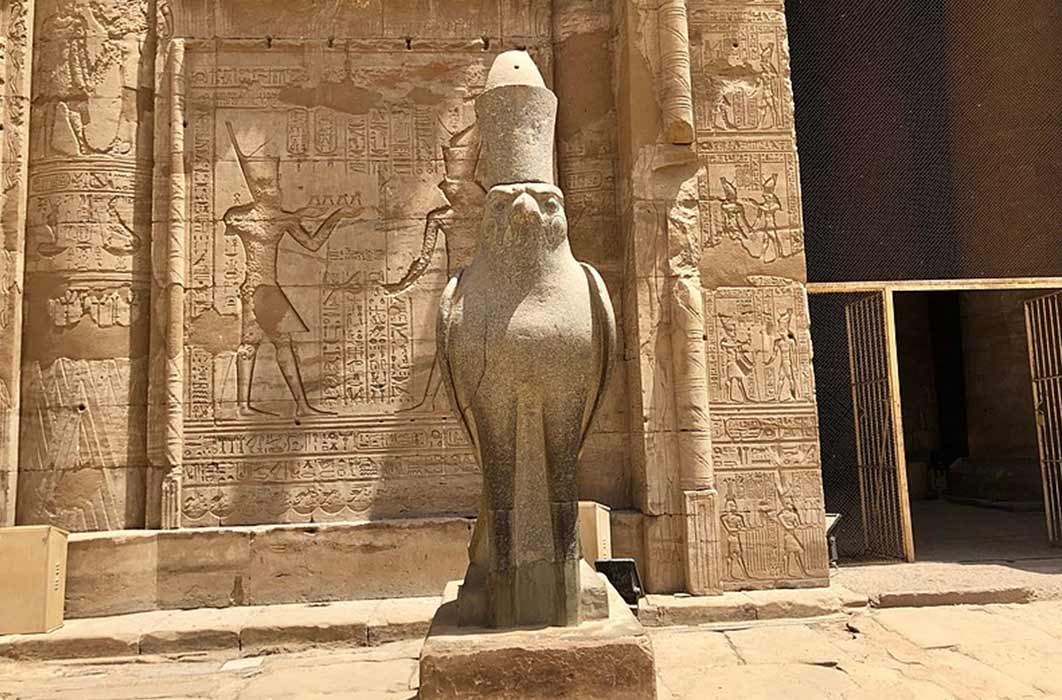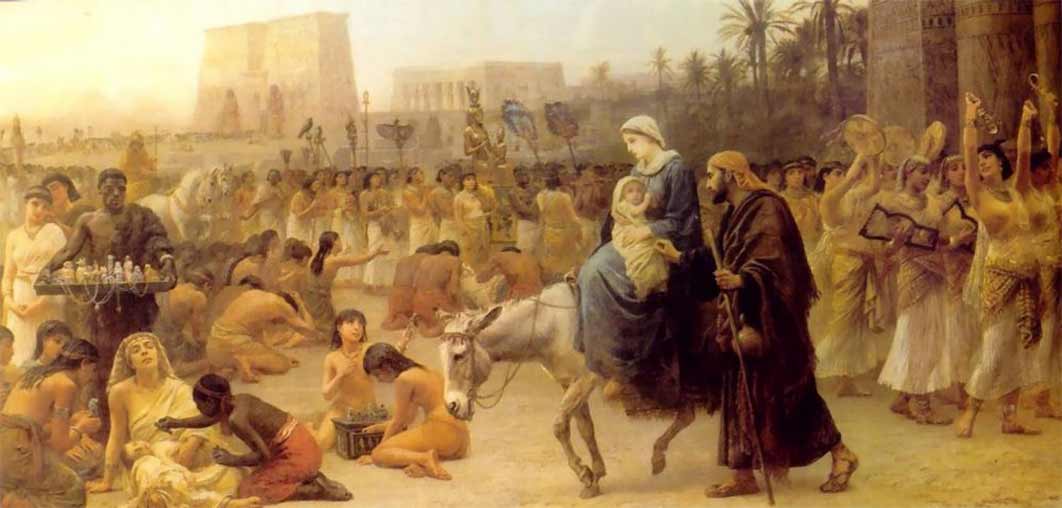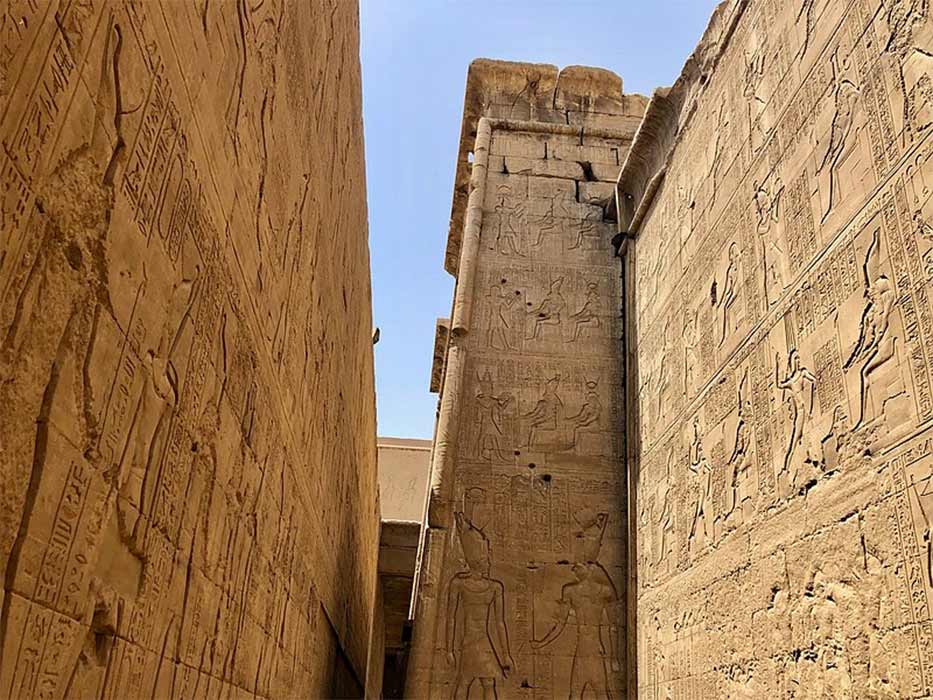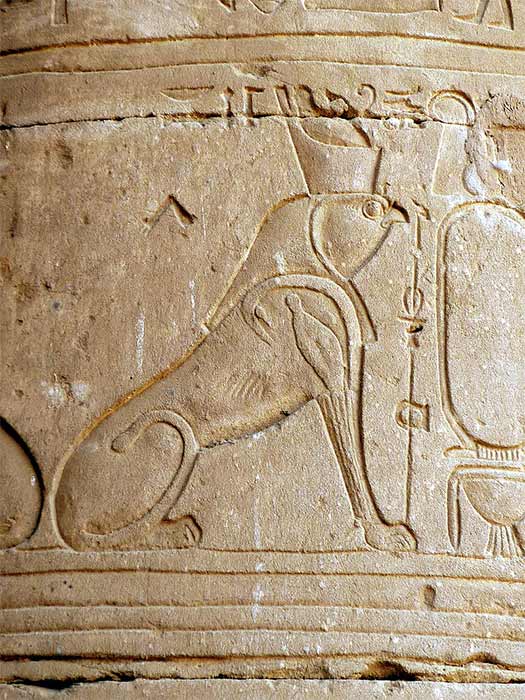
Out Of Egypt I have Called My Son: The Jesus-Horus Debate
On the west bank of the Nile River, south of Luxor, lies the ancient city of Edfu. There stands a great temple dedicated to the god Horus, always pictured with the head of a falcon. The temple was completed in about 57 BC, after a 180-year period of construction. “And so was fulfilled what the Lord had said through the prophet: "Out of Egypt have I called my son."(Matthew 2:17).

Flight Into Egypt by Edwin Long, (1883) (Public Domain)
If, as the Gospel According to Matthew in the New Testament claims, the holy family fled to Egypt to escape the slaughter of innocents wrought by King Herod in an effort to kill the baby the Magi claimed was born ‘King of the Jews’, chances are they might have seen this great edifice, finished only a few decades before the birth of Jesus. Whether Joseph and Mary ever saw the temple or not, it is certain that those who compiled the New Testament must have known about the texts it contained. They were famous throughout the Roman empire, which constituted the bulk of the western world. Every educated person would have at least heard about them.

Edfu texts, carved on the temple walls. (CC0)
The Edfu Texts
Archaeology at Edfu reveals that this site was built to be a huge and extensive library, written in the form of hieroglyphs, or sacred scripts, carved on the temple walls. Even more interesting is the fact that when the texts began to be translated, it became apparent that this temple stands on the location of an even older temple that dates back to a forgotten time known as the Zep Tepi, or ‘First Time,’ which happened thousands of years before the first pharaohs.
Seven Sages, the texts reveal, appeared in ancient Egypt, sailing from somewhere called the ‘Homeland of the Primeval Ones’, which was a sacred island in the midst of the western ocean. The island was destroyed in a great cataclysm in which ‘the earliest mansions of the gods’ had once stood. Some of them survived and, according to the Edfu texts, set forth in their great ships to wander the world in order to bring about "the resurrection of the former world of the gods." Their mission, in other words, was to re-create their destroyed world. They established a series of sacred mounds up and down the course of the Nile River. These mounds, according to the Edfu texts, established the foundations of all future temples to be built in Egypt.

Her-em-akhet (Greek: Harmakhis), the wall relief of a hieracosphinx depicted at the Temple of Horus in Edfu (CC BY-SA 3.0)





